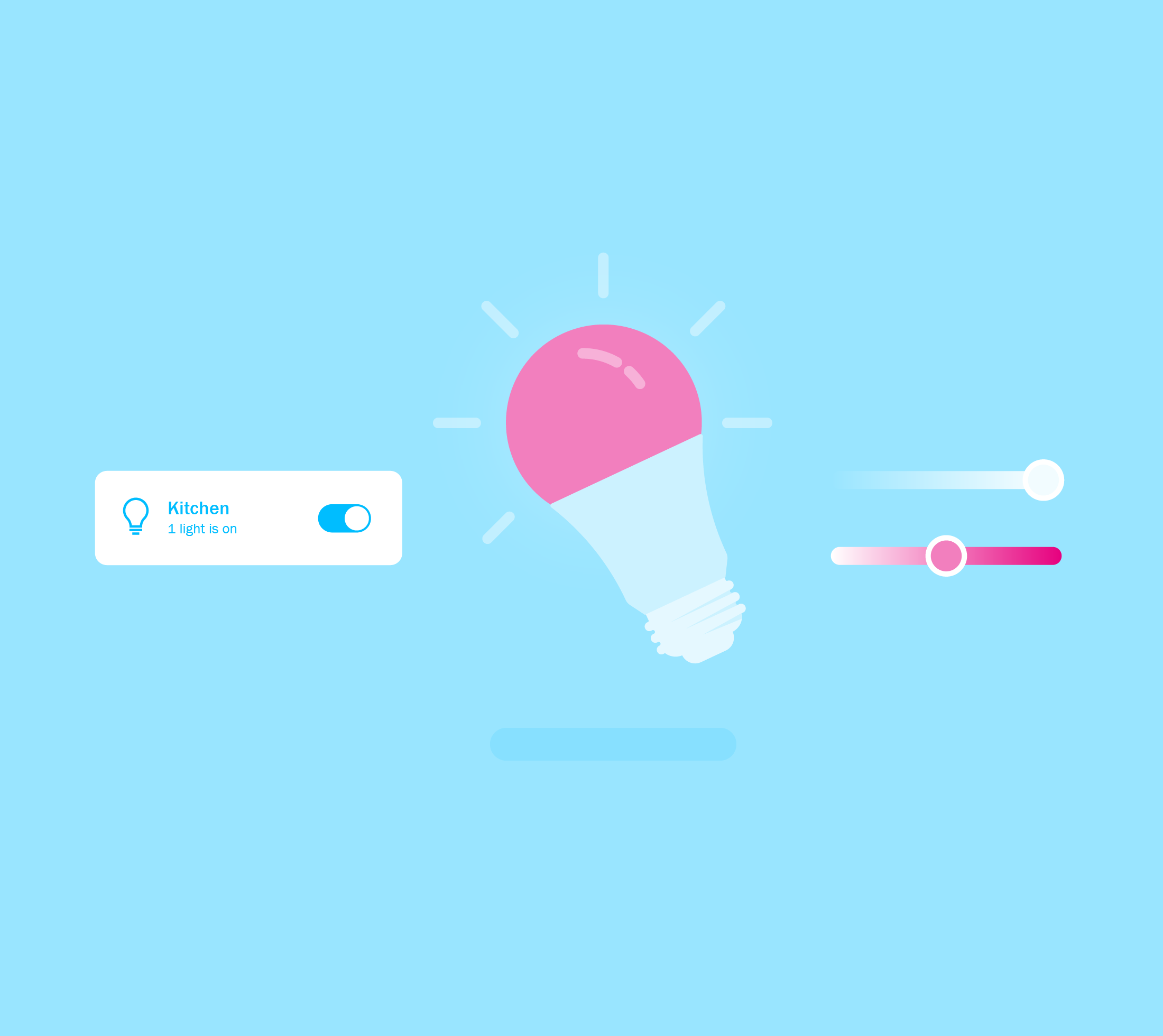Harvard Hero Moment #22: Alexa, turn on my light…no, not THAT light
Mary Paslawski
27 Feb 2020
My name is Mary and I’m married to a technophile.
Since we met ten years ago, I’ve accepted that I will never know the latest WiFi password, where my photos are stored, or how to fix the FireTV when it goes down due to some complicated RaspberryPi set up that apparently “makes it better”.
My saving grace, and the saving grace of our relationship, came with the advent of smart home devices. While you might think this makes it more complicated, the fact that I can tell Alexa what I want to happen rather than having to work out what button to push (inevitably causing a full house tech meltdown) has been amazing.
Where did it all begin?
The human drive for advancements in home technology is nothing new. I’d even go so far as to say it’s a core part of our evolution. We went from striking flint on stone, to matches, to kitchen stoves that light themselves - with a few things and a couple thousand years in between, of course.
Arguably, however, the concept of smart homes as we know it today started with the invention of the remote control by Nikola Tesla in 1898. While his use of the tech to control a toy boat was a flop at the time, the concept of being able to access devices remotely caught on.
Fast forward about 70 years and the first automated home system, the Echo IV, came on the scene. It did everything we think a smart home should do today – create shopping lists, control the temperature and turn devices on and off. Crazy to think that we had all that technology sorted 50 years ago but it was stopped from widespread adoption simply due to price.
Where are we now?
Price is definitely no longer an obstacle for adoption. As my three quid connected LED lights from China twinkle in the corner of my eye, I have reached smart home status with an Alexa in every room that can talk to my lights, my heating and my washing machine all for a fairly reasonable price.
But I know it’s not going to stop here. As my husband eyes up ranges of robot vacuums and little packages with Chinese script get surreptitiously whisked into the study with the exclamation “my new toy”, I know that this is the tip of the iceberg.
Smart homes had a whole division of CES this year, looking at installation trends, how they’re impacting real estate values and what they can do for the more altruistic areas of health and sustainability. From basic security monitoring to smart appliances, lighting, window coverings, irrigation, entertainment systems and more, we got to see the latest innovations in smart home tech.
My home pales in comparison to the future projection of what a smart home could be. But I’m here for it. Bring on the robots, the voice activated appliances and automated systems, I’m ready to get home, have all my cleaning done with dinner on the table and a husband happily taking it all apart to “make it better”.

